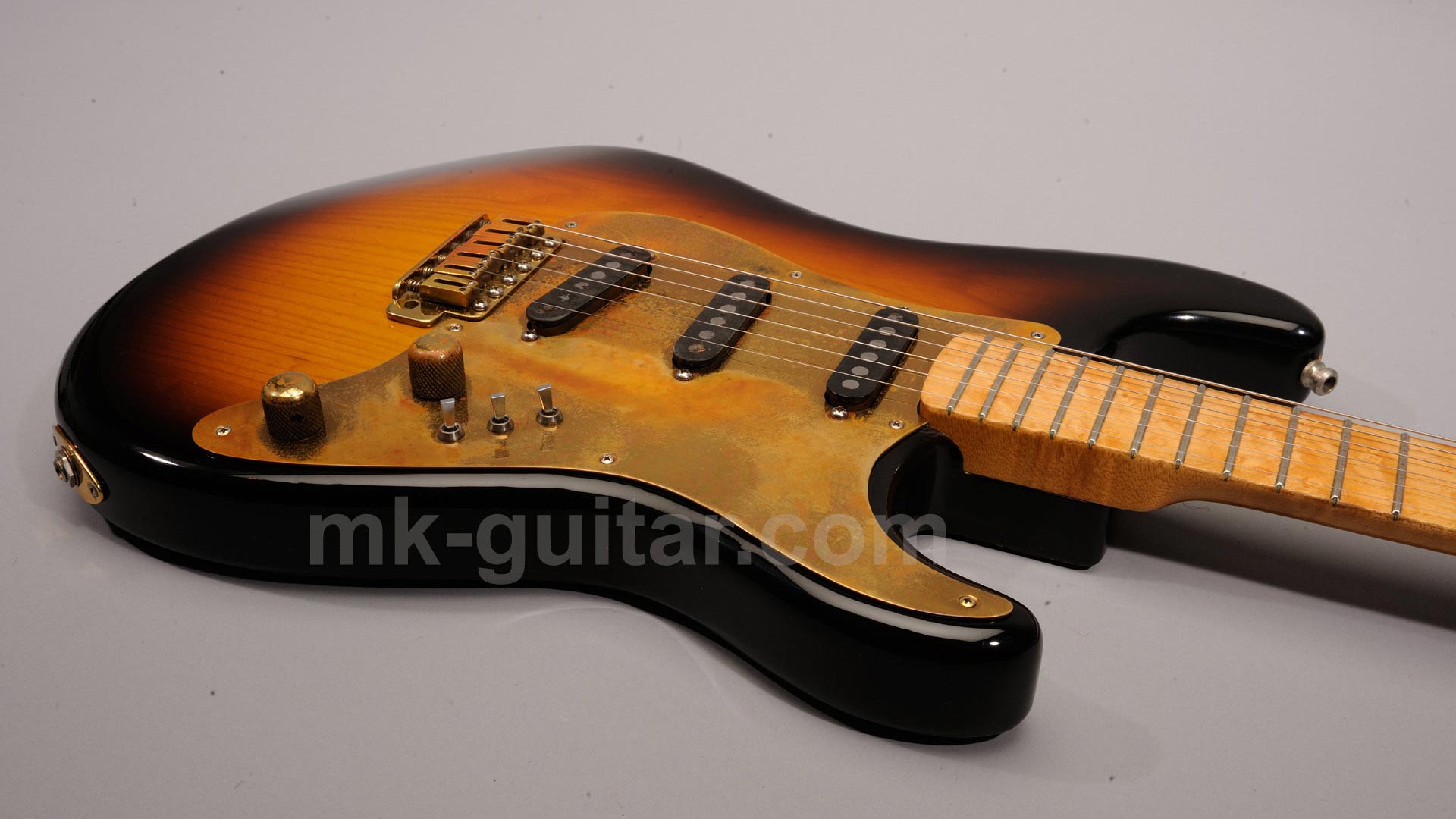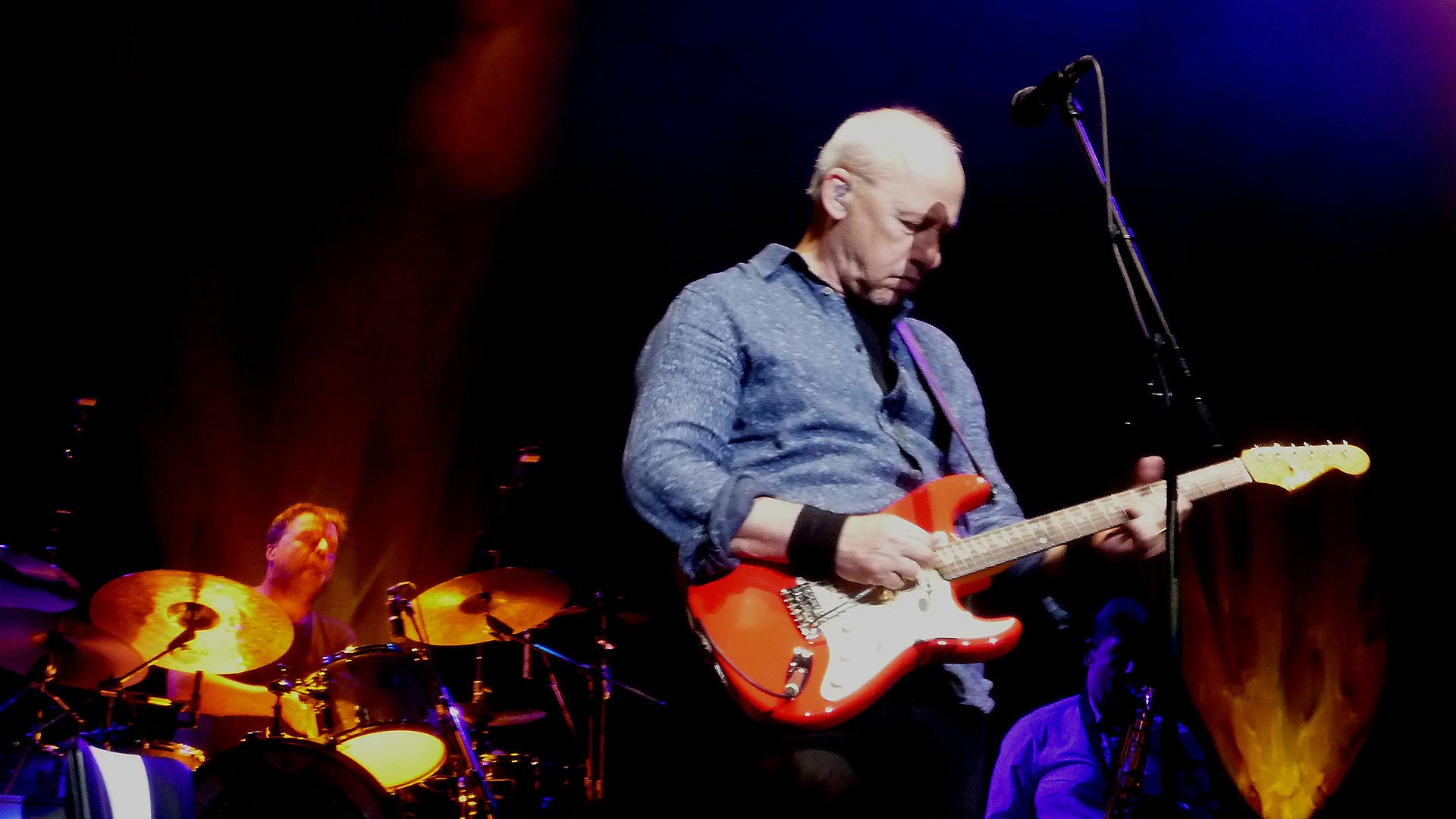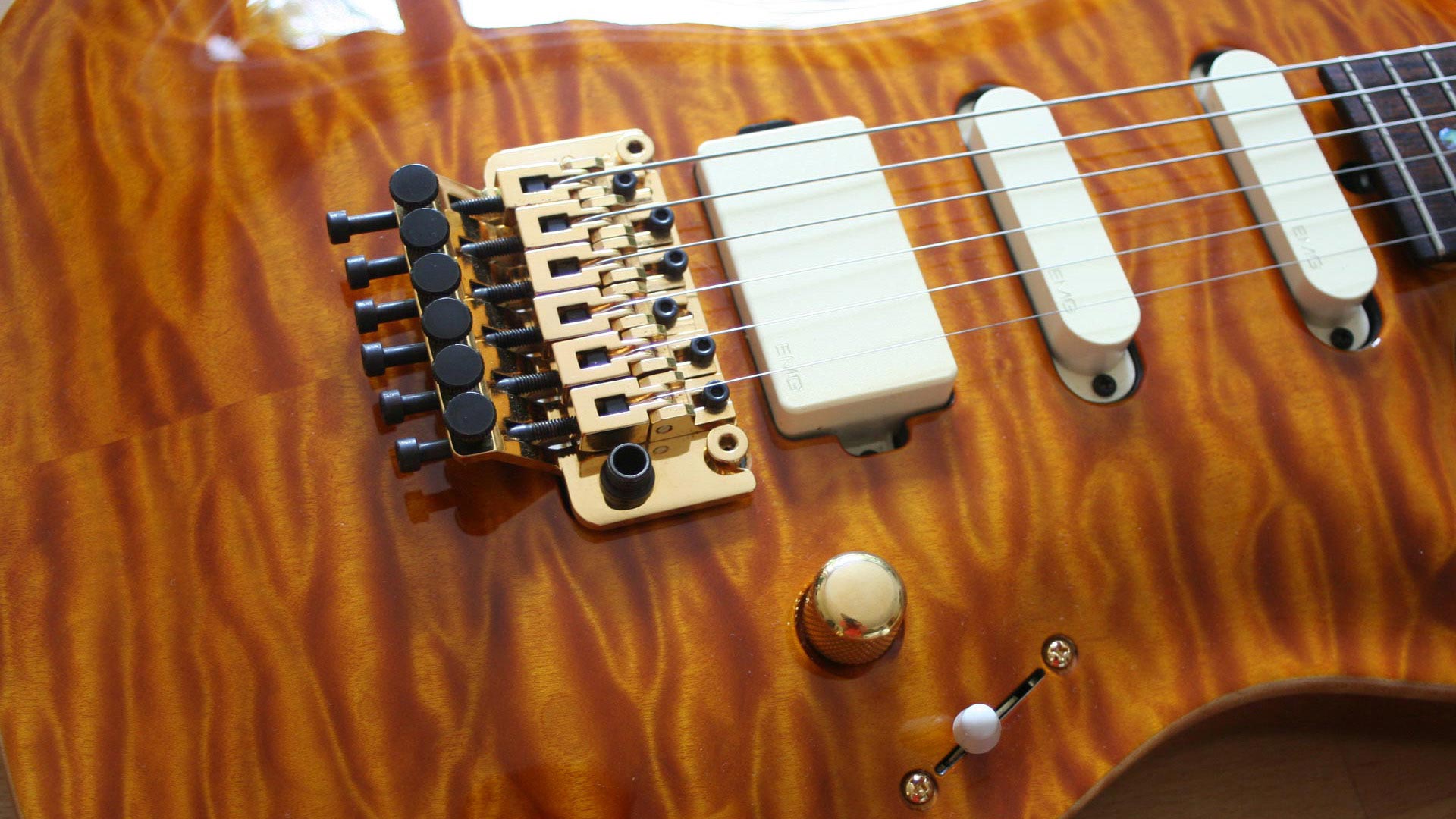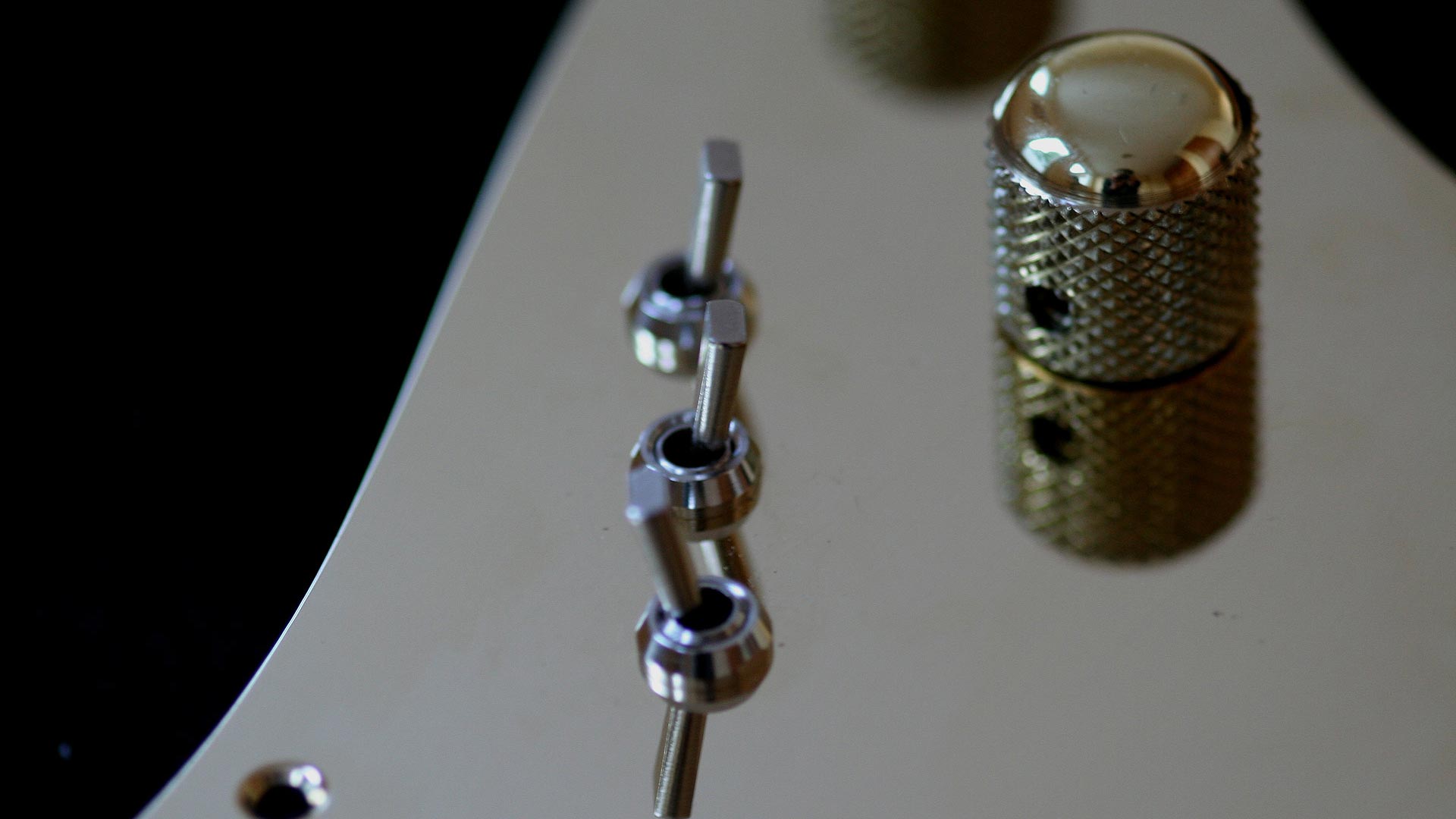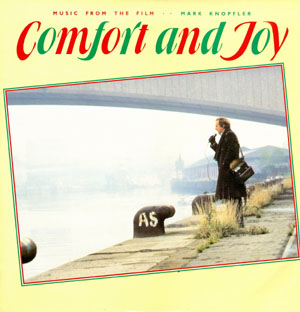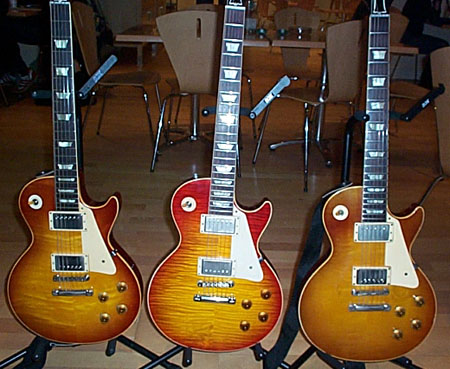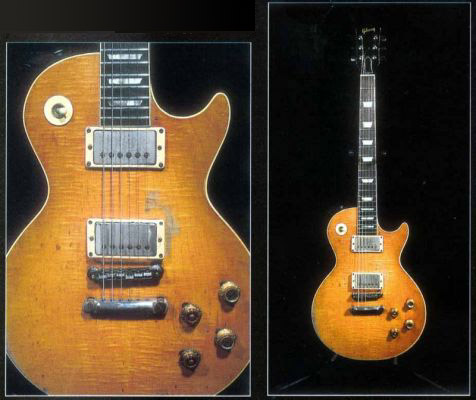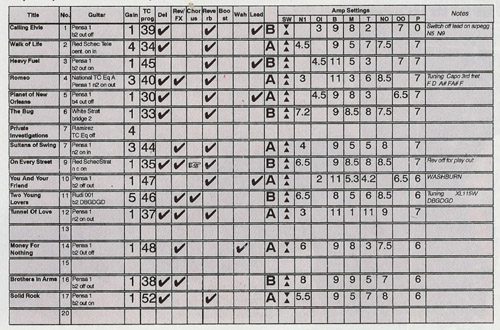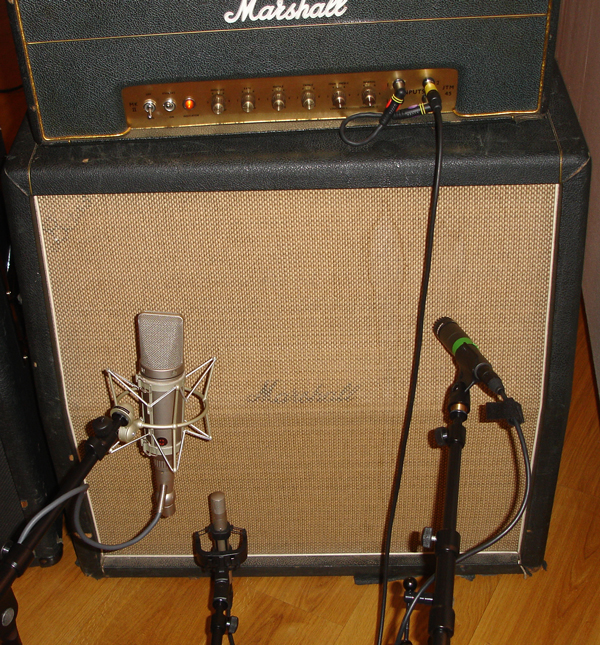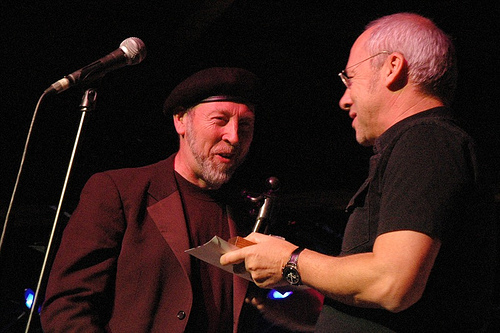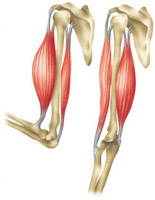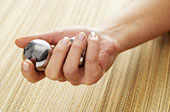50th Article
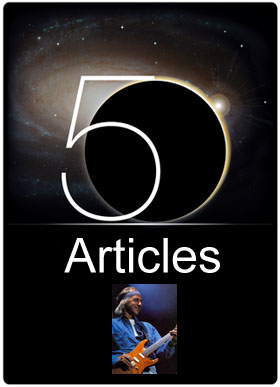
With this post I am proud to annouce the 50th article of this blog, which went online on August 10, 2008. 50 articles in 104 days means an average of 0.49 article per day, or 3.4 articles every week.
In these three months the blog built up a reputation among Mark Knopfler fans and guitar players, and the number of daily visitors is still steadily rising.
Thanks to every visitor and to all who expressed how much they like this blog. Also thanks to all who commented here, and this way helped to make the blog really interactive.
I really enjoy writing about what I am interested in myself, so be sure that there will be many more articles in the future.
